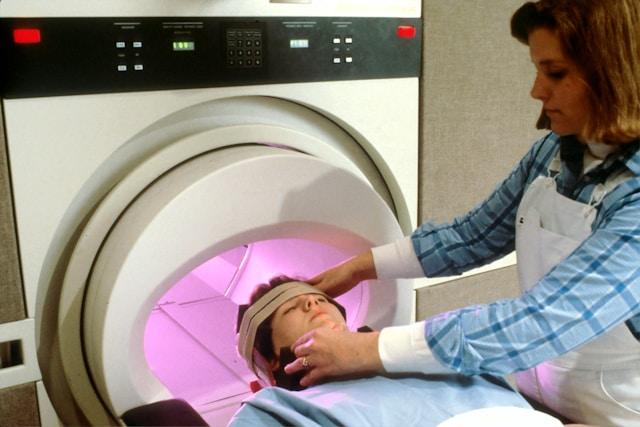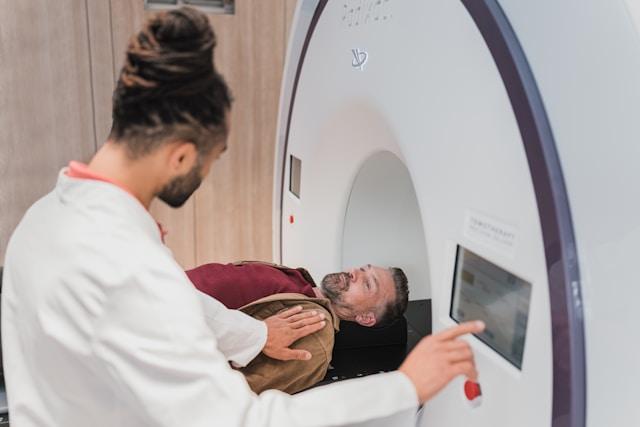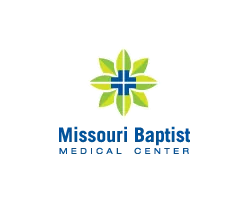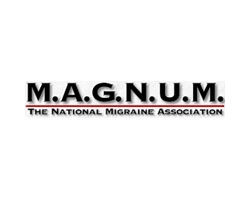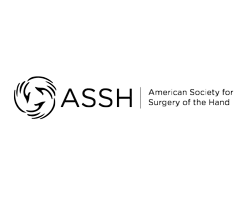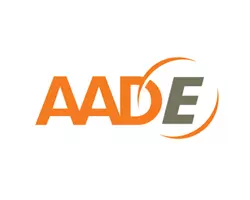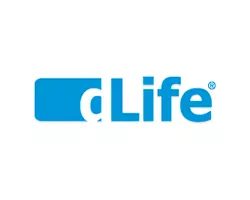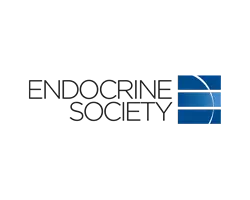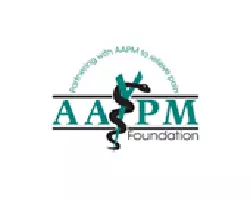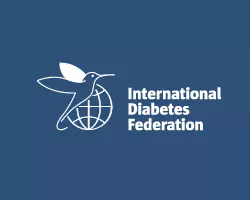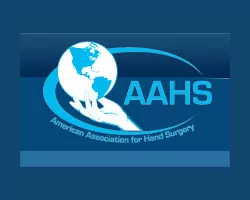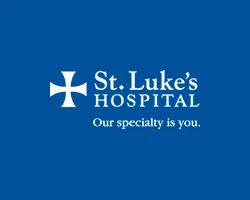Many patients have come to me asking about problems with the Proximal Nerve, and how it can be affected and fixed. Here are my thoughts on the nerve and what we can do for you!
PROXIMAL MEDIAN NERVE COMPRESSION
Repetitive tasks involving: throwing, gripping, pronation (turning your hand to a palm down position), and sudden extension at the elbow can produce injury resulting in compression of the median nerve at the elbow and forearm level. Weight lifting may result in building muscle mass and can lead to nerve compression. Trauma to the upper forearm may also result in scarring and can induce compressive neuropathies at and around the elbow. Your own inherent anatomy may be a variant that makes you vulnerable to this condition. Further, it is common to be predisposed to this nerve compression if you are diabetic. Diagnosing this condition is very dependent upon the clinical evaluation and is often missed by electro-diagnostic studies ( nerve conduction, EMG).
The median nerve arises from the cervical nerve roots C6 to T1 in the neck. After leaving the brachial plexus and crossing the shoulder it passes down the medial aspect of the arm, crosses the elbow and enters the forearm.
Median nerve compression in the elbow area can result in two conditions: pronator syndrome and anterior interosseus nerve syndrome. It is not uncommon for both conditions to be present at the same time.
Pronator Syndrome
Pronator syndrome produces symptoms of aching of the proximal forearm, elbow and distal arm (just above elbow). This aching may be aggravated by forceful use of the extremity, especially involving pronation. Sensory loss in the fingers and palmar components of the median nerve distribution and weakness or clumsiness in the hand are often noted, especially in the thumb and index finger.
Symptoms can be confusing with those seen in carpal tunnel syndrome. It is actually more common for proximal median nerve compression and carpal tunnel syndrome to both be present. This is considered a double crush phenomenom which is when the same nerve is pinched at more than one level along its course.
In pronator syndrome, night pain is less common (but does occur) while carpal tunnel syndrome often wakes patients with complaints of aching and numbness in the hands.
The physical examination may reveal tenderness and a Tinel sign over the pronator teres muscle. Weakness, if present, may involve the index finger, thumb flexion and pinch strength. Atrophy in the thenar muscles (base of thumb in palm) may be noted in advanced cases.
Loss or decreased sensibility of the thumb and index/long fingers are consistent with both proximal median nerve compression and carpal tunnel syndrome. Loss of sensation and/or pain in the palmar area on the thumb sites is suggestive of pronator syndrome. Provocative (exertional) tests on exam can be helpful in eliciting signs of pronator syndrome.
Plain x-rays are helpful to rule out a bony supracondylar process in the distal humerus or other post traumatic or degenerative pathology at the elbow as the cause for compression. Electrodiagnostic studies (EMG/NCS) are rarely conclusive but may be orderd to exclude or identify coexisting pathology.
Anterior Interosseus Nerve Syndrome (AIN Syndrome)
The anterior interosseus nerve (AIN) syndrome as an isolated compression syndrome is more rare. AIN is a branch of the median nerve that branches from the median nerve after it passes through the pronator muscle. The AIN has no cutaneous (skin) sensory component therefore numbness is not associated with this syndrome, it is purely a motor problem.
Anterior interosseus nerve syndrome includes complaints of absent or decreased flexion (bending) of the thumb and index finger. For instance, it is difficult to make an OK sign. A weakened index finger-thumb pinch is generally noted as well.
EMG/NCS may be diagnostic in AIN syndrome. MRI is useful to identify any mass or lesion that may be causing this
Treatment
The initial treatment for proximal median nerve compressions is conservative. However, if severity and duration of symptoms are significant at the time of initial presentation to the physician, you may require surgery at that point.
Anterior interosseus nerve syndrome again is more rare, but usually resolves with time, particularly if it is secondary to minor trauma or irritation to the nerve. However proximal median compression in the diabetic limb usually, ultimately requires surgery and is generally found coexisting with other compressions in the same extremity.
If no improvement with time and therapy are noted or if a space occupying lesion/mass is identified on the MRI, surgical release is then recommended.
Postoperatively the arm, forearm and elbow are wrapped in a bulky dressing for one week. After this point, flexion and extension exercises are started and slowly progressed. Return to full function and full duty work are fairly consistent but vary based on several factors but particularly the amount of deconditioning at the time of surgery.
The prognosis for full recovery is generally very good, however one must consider the amount of deconditioning that was present at the time of surgery. Full recovery may take as long as 6 months even after surgical decompression. If there is severe nerve damage, recovery may take longer and may be incomplete. Risks of the surgery are very rare but include: the persistent symptoms or pain, motor weakness, nerve injury, loss of function, and other generalized surgical risks such as hematoma, seroma or neuroma.
For more information on how to treat Poximal Median Nerve Compression, visit www.neuropaxclinic.com and call us at 314-434-7784 to set up an appointment!

